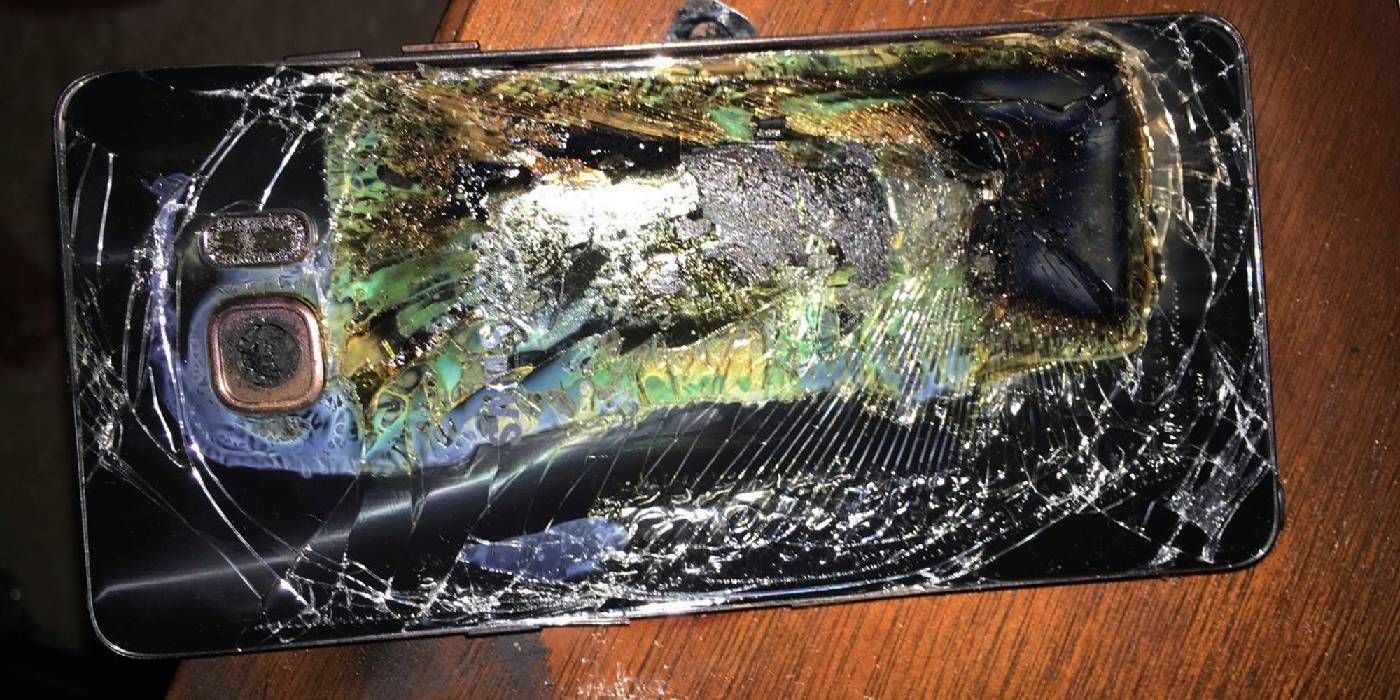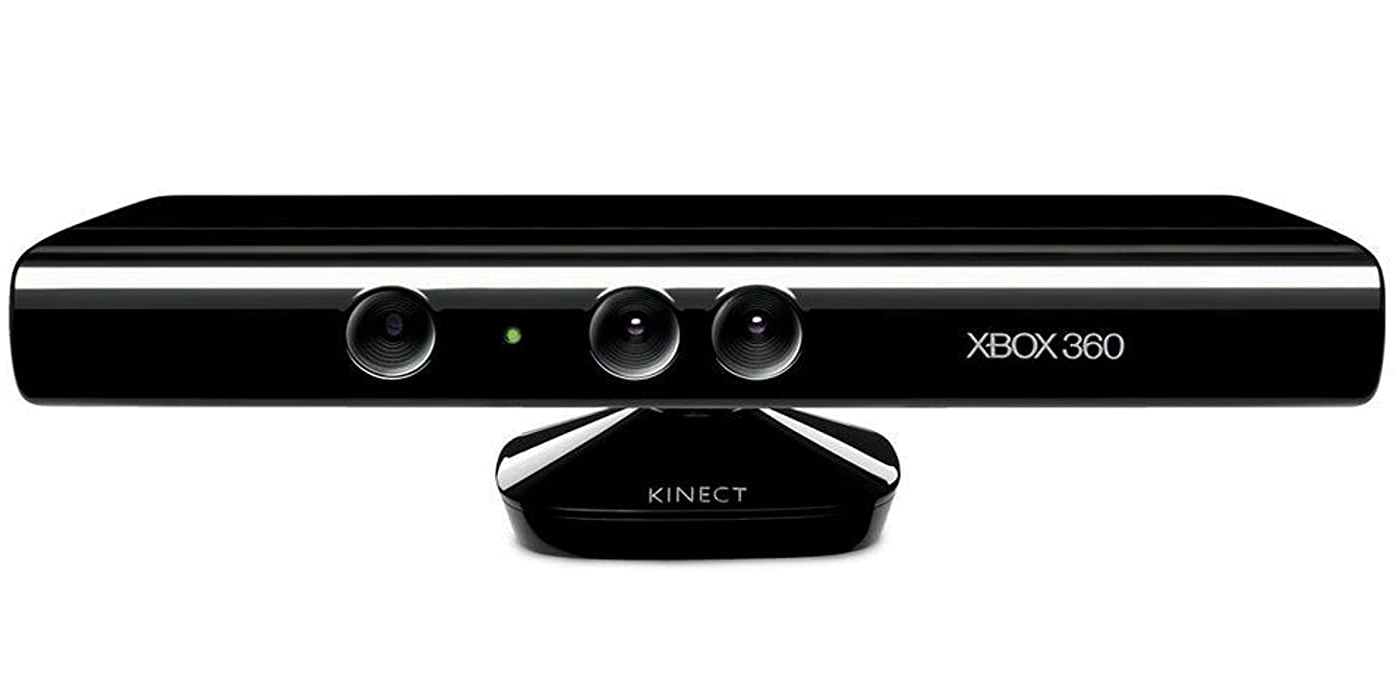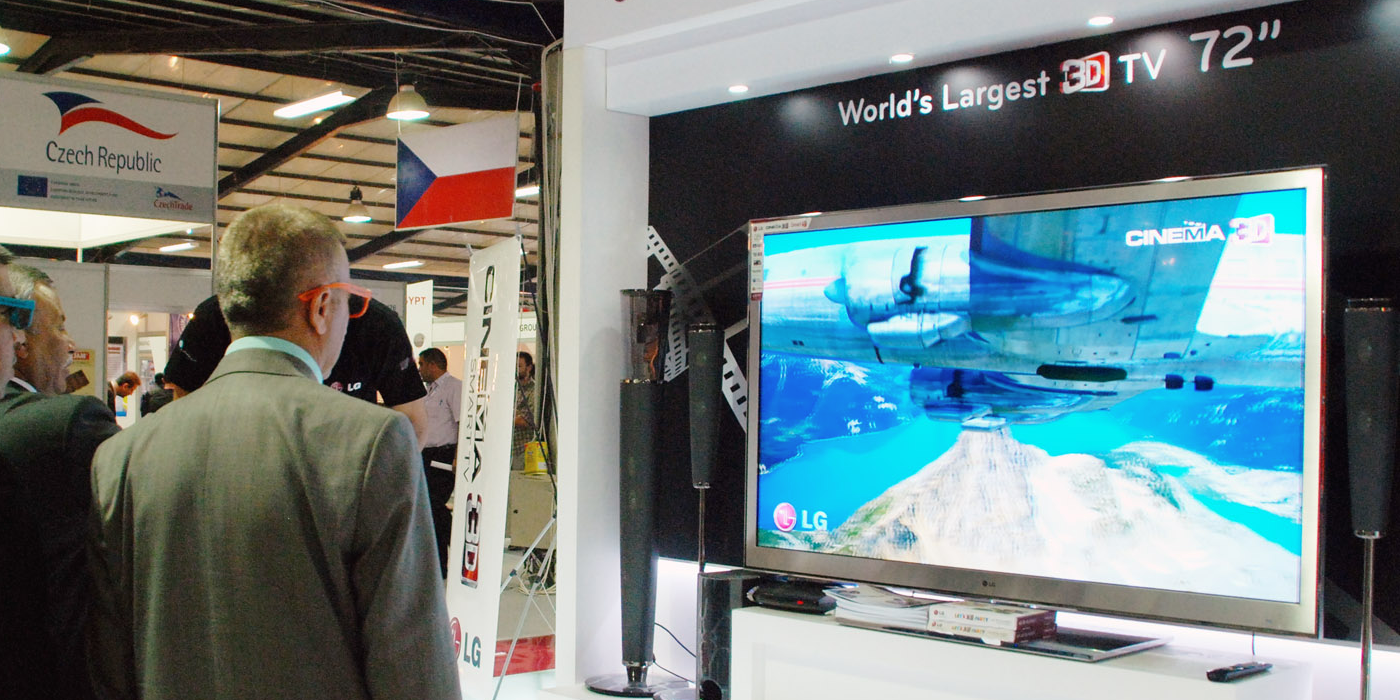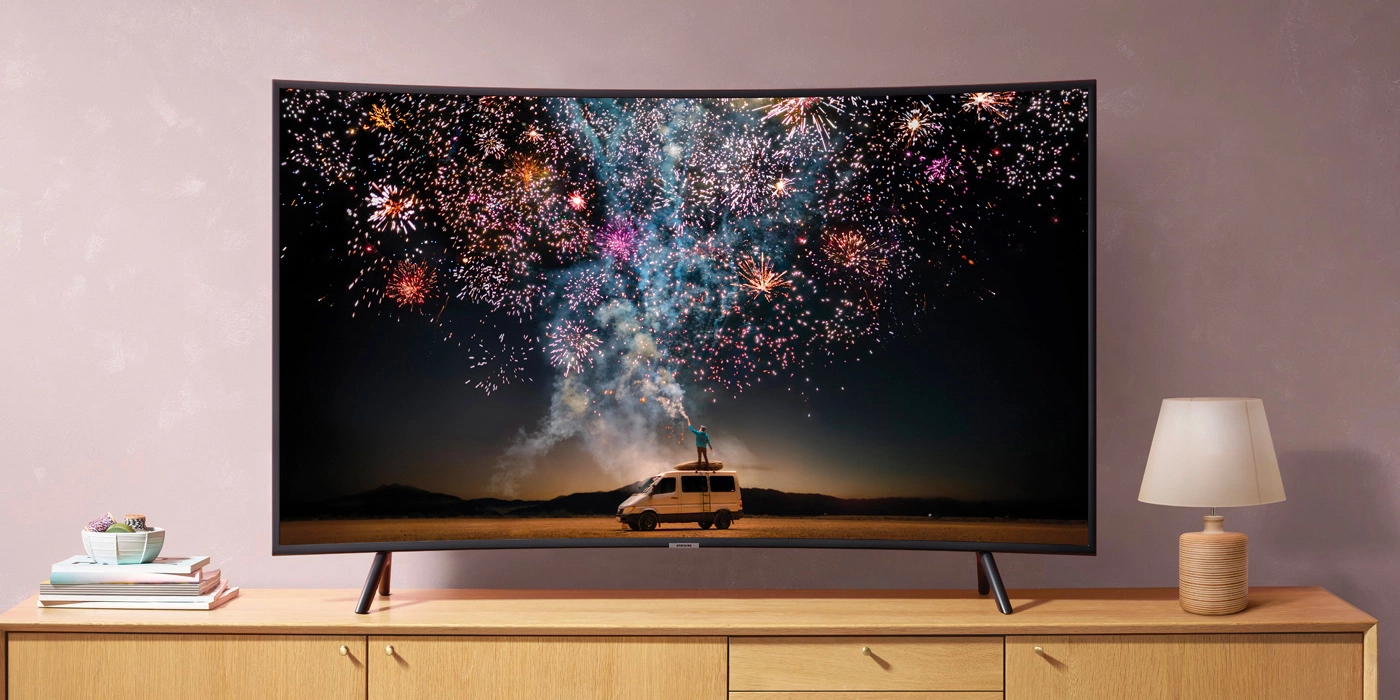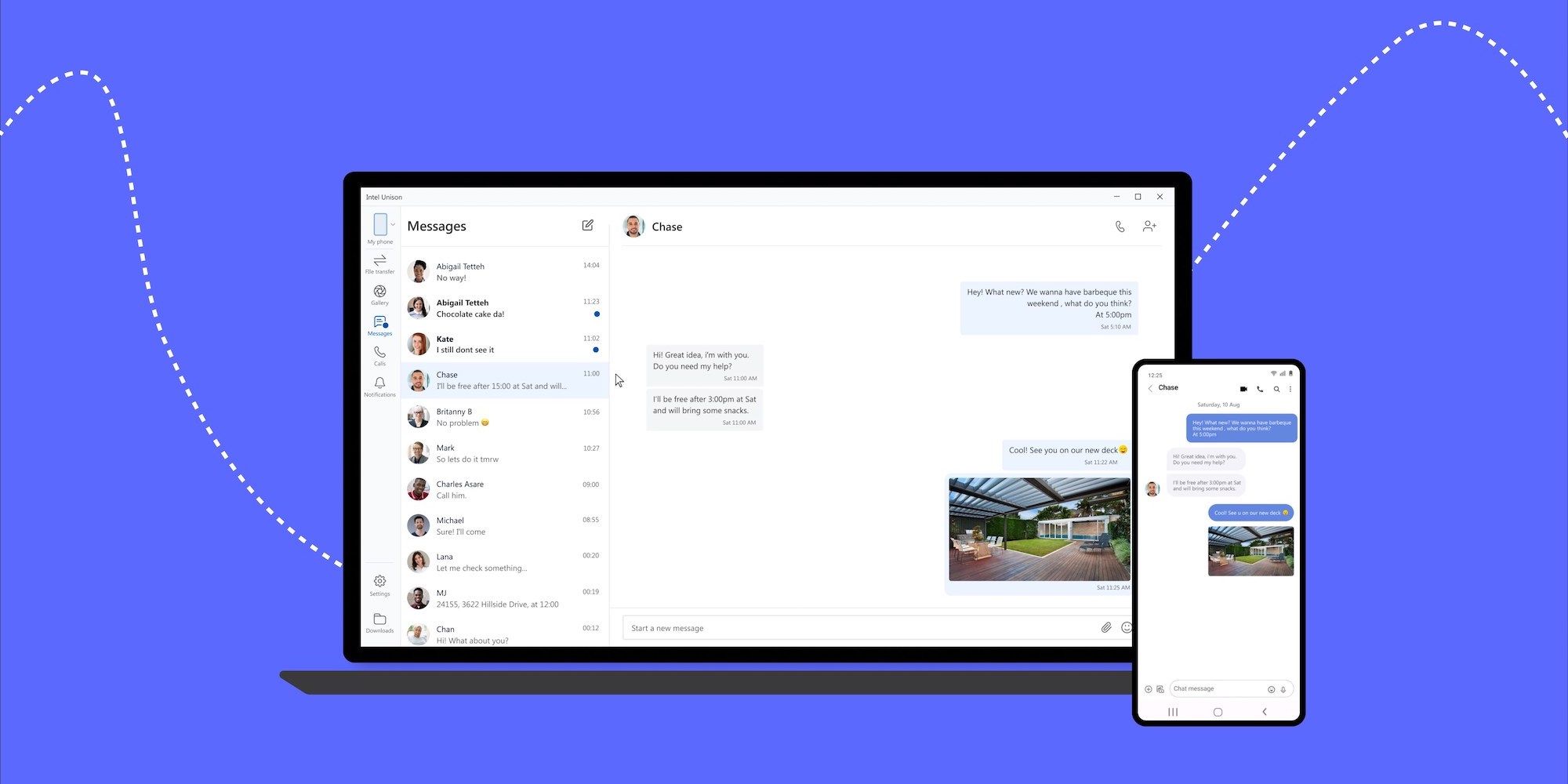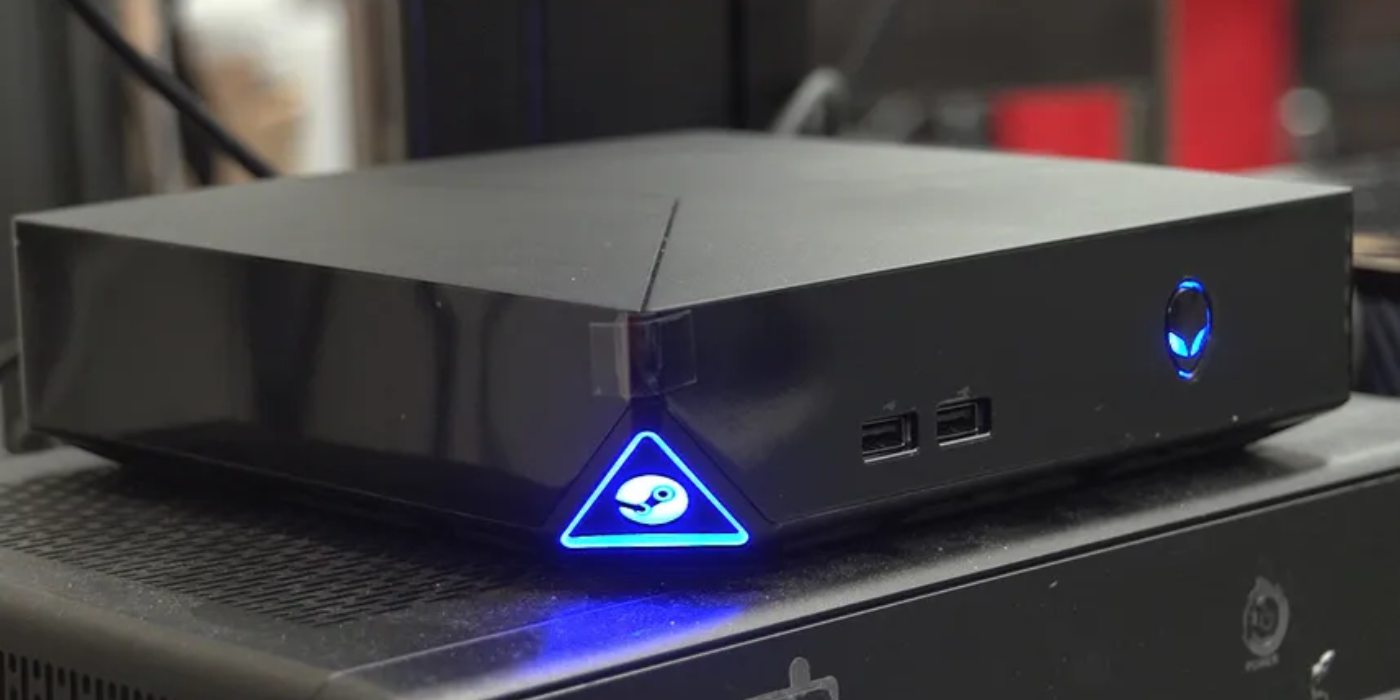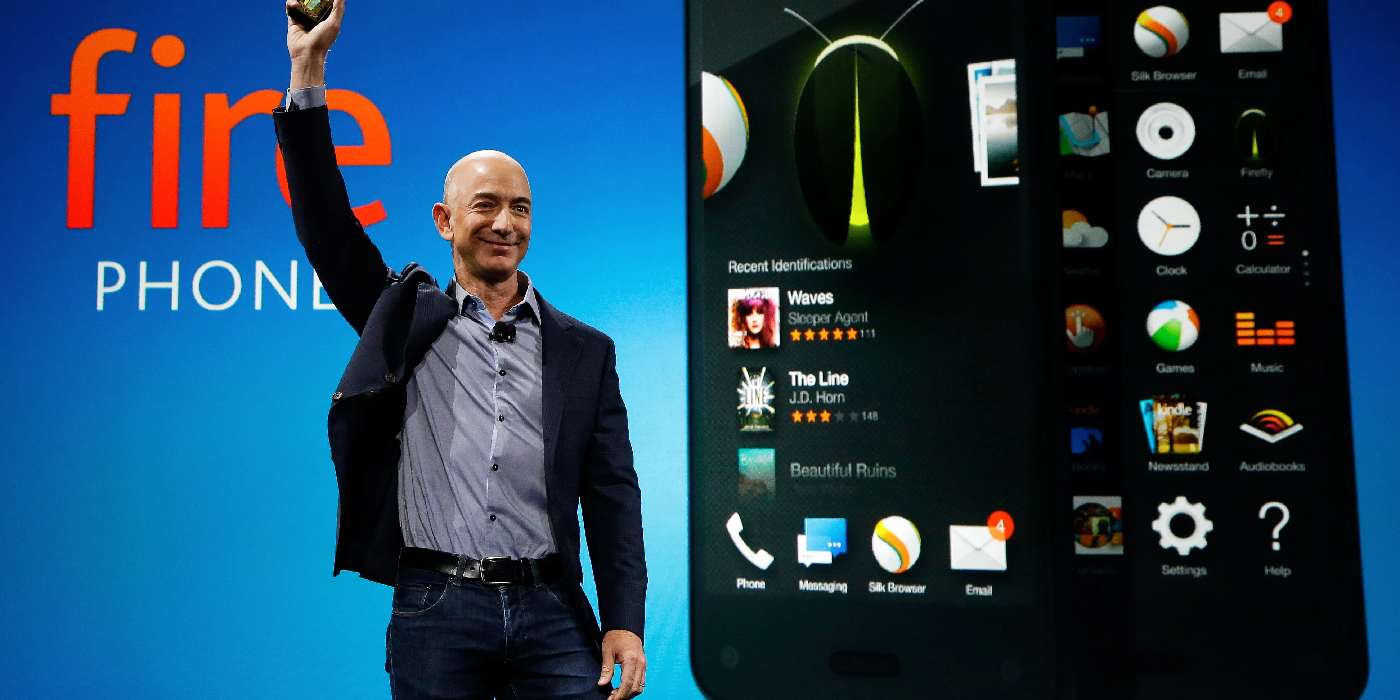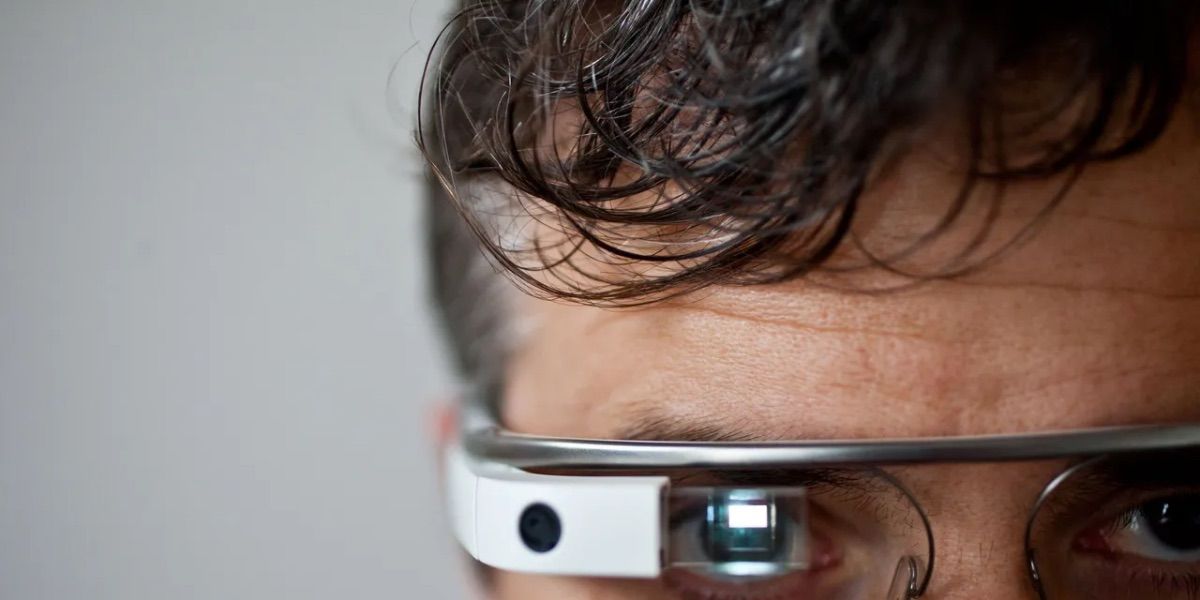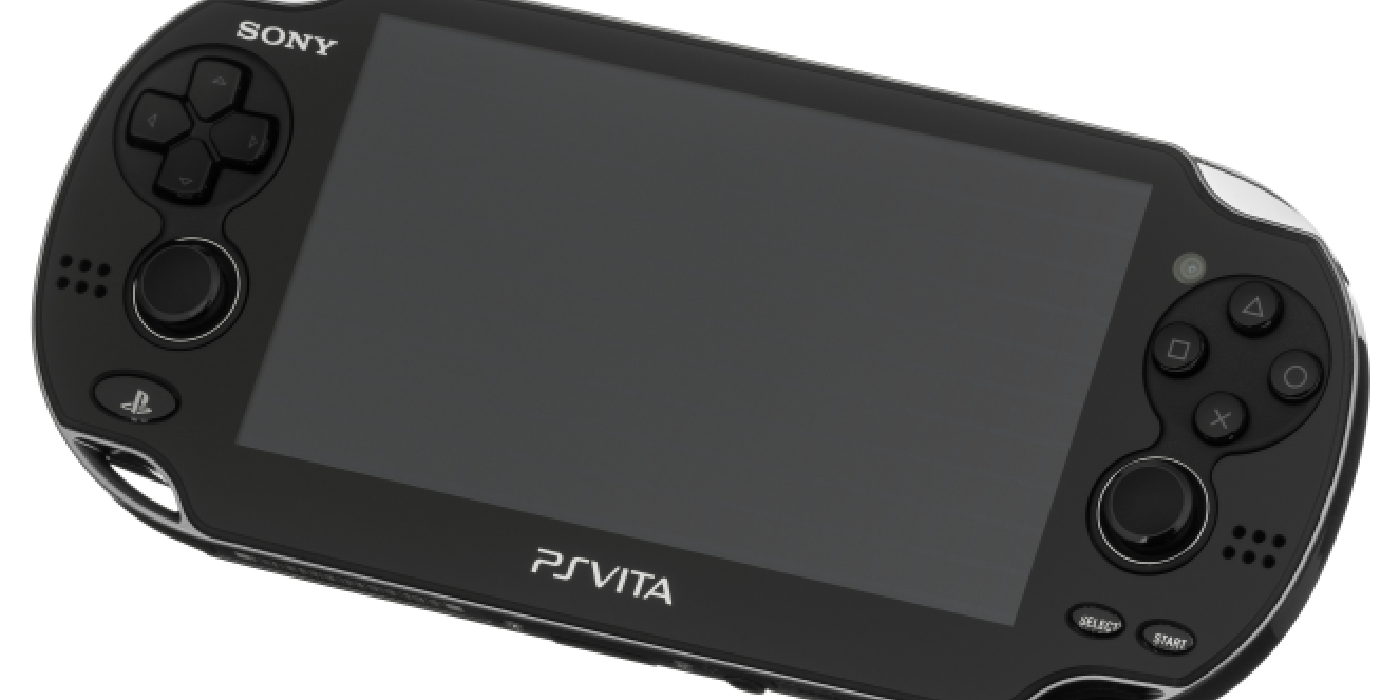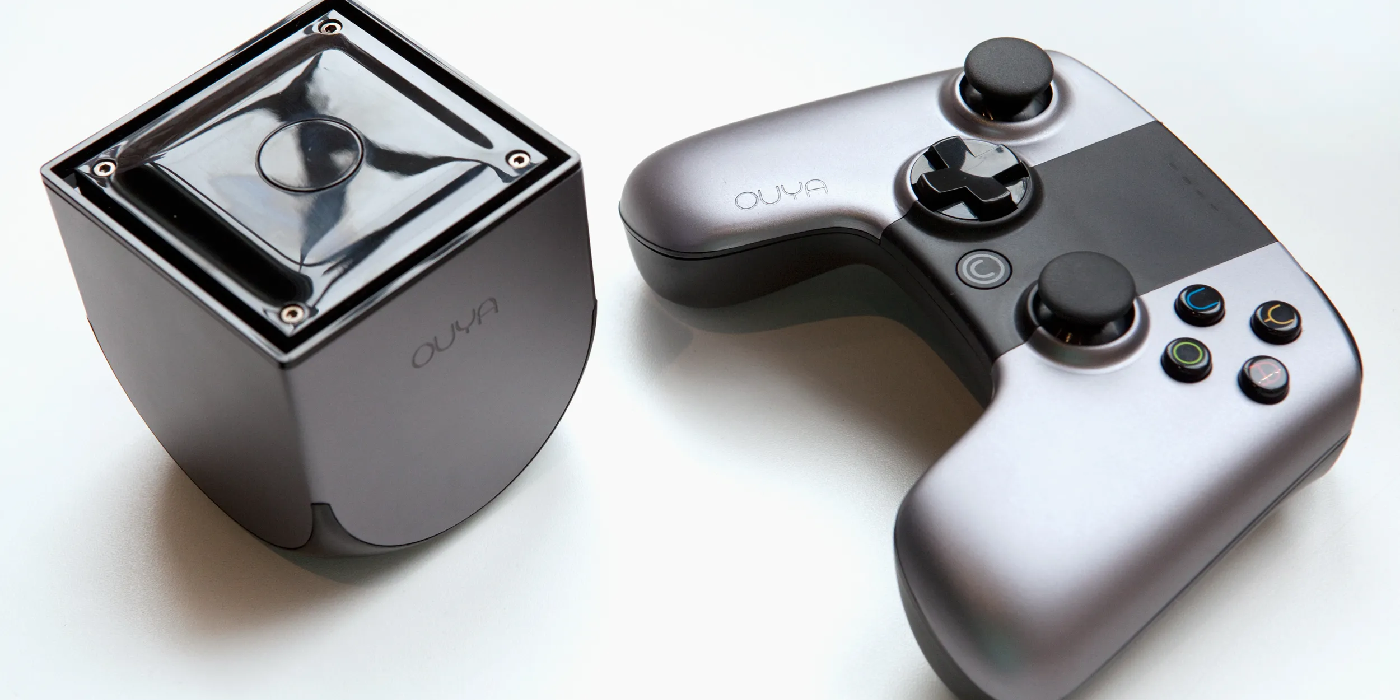2023 is promising some awesome new tech. Whether it’s simple improvements over the gadgets of yesteryear or more unorthodox new technologies such as foldable phones, every year is an overwhelming barrage of ideas. That being said, not every idea ends up successful. Most ventures flop on release.
While most of these flops don’t get the spotlight, some of them are so high profile that even saying the name brings up feelings of failure in the listener. In the 2010s, these gadgets were the talk of the town. Now, they’re just more ashes in the wasteland of innovation.
Samsung Galaxy Note 7
Starting with a bang, the Galaxy Note 7 wasn’t notorious in its first few days of release. It was just the latest entry in a line that people already trusted. Imagine the shock when they started smoking, and at times, exploding out of people’s pockets. Quite the setback for Samsung.
By quite a bit, Samsung was estimated to have lost $5 billion in revenue from the entire fiasco. Samsung eventually revealed that the batteries were poorly implemented by two different manufacturers. In essence, the casing was too small for the electrodes, so the only way the energy could have gone was out. It took a while for Samsung to regain its customers’ trust.
The Kinect
The Kinect is a sad case of marketing betraying the device’s actual capabilities. The Kinect by itself was a legitimately impressive motion capture tool, and to this day is still used in creative projects. The Kinect even had some good games, many of which families loved. Unfortunately, it was marketed incredibly poorly.
Forcing the Kinect onto players was never going to end well, as not every gamer wants to use the Kinect’s features. It didn’t help how lazy a lot of the Kinect game offerings were. This meant a lot of Xbox Ones were left on shelves. Most, including Microsoft, blamed the Kinect. It was discontinued, and motion gaming never really took off the way it could have.
3D TV
When Avatar made box office history by becoming the highest-grossing movie of all time, 3D was touted as the reason. So, companies started pumping out 3D TVs into every store. While initial hype was high, people quickly realized that 3D loses its luster at home. Rather quickly, 3D TVs became shelf warmers.
The reasons for 3D TV’s failure are numerous. The biggest one is arguably how disappointing 3D TV is compared to a theater experience. 3D alone wasn’t what made Avatar so great. The gigantic screen and massive speakers played just as big a role in immersing viewers in that world. Plus, most movies weren’t made with 3D in mind, and that meant very few movies looked as good as Avatar did on home TVs.
Curved TVs
Immersion while watching movies is an important thing. People like “living” within the worlds captured on the screen. 3D was one way to accomplish this. Another that came to popularity was curved TVs. IMAX was starting to make waves in the cinematic world around this time too. Also thanks to Avatar. Once again, this feature was implemented into TVs.
Like 3D, the trend was hyped for a while. Unfortunately, a small curve wasn’t going to be any more immersive than a normal TV. The curved TV was only ever enjoyable for a lone viewer. Everybody else was forced to look at it from an awkward angle. Curved TVs were quickly phased out. However, curved monitors have found a niche now. Mostly because it does manage to capture the feel of “IMAX” by being two feet away from the viewer’s face.
Windows Phone
Windows tends doing things before everyone else does, but badly. This is what happened with the Windows Phone, a line that Microsoft discontinued last year. It was influential in its own right, forcing competitors to keep up with their innovations in design and software.
Unfortunately, Windows was slow to adapt when Android started outpacing them. Slowly, budget phones were overtaking them in features as well. Not to mention, a complete lack of carrier and ad support. Add to that their closed-off dev space pushing away talented app creators, and the Windows Phone died a slow yet inevitable death in the mainstream.
Steam Machine
Steam Decks are currently the rage amongst fans, and it doesn’t seem to be leaving anytime soon. A machine that can play four decades of gaming on a portable device is nothing to scoff at. However, some people may forget that this wasn’t Valve’s first foray into the hardware market: The Steam Machine
It wasn’t a console, however. It was, in essence, a pre-built moderately powered gaming PC, but without the benefits of being a normal PC. Mostly because it ran on an offshoot of Linux called SteamOS. Unfortunately, most of Steam’s best games were made to work with Windows, so that’s a huge chunk of Steam’s library taken out for Steam Machine. The infamously polarizing controller didn’t help matters. Hence, Steam Machine evaporated in 2018.
Amazon Fire Phone
Amazon Fire Phone was a clear-cut example of how infinite money won’t guarantee success. At least, not when that money is delegated so badly. The Amazon Fire Phone boasted innovative features that were mostly aimed at getting their users to spend more money. Specifically, spend more money on Amazon.
Outside of that, the phone was a buggy mess, rife with limited features and pointless trends such as “3D displays.” It was over-designed for a specific purpose (marketing Amazon) and that came at the cost of not being a good phone. Thus, Amazon Fire Phone was snuffed out from the memory of smartphone users.
Google Glass
Google Glass is one of those gadgets that just looks like the future. A smart device that would, in real-time, provide updates to the user on stuff like weather and news. Additionally, it would analyze objects and give more information about them. Unfortunately, something else was already doing all of those things: the smartphone.
Google Glass was then seen as a fashionable status symbol, but it’s a bit too niche. Retailing at $1500 (which could buy about 15 budget smartphones nowadays), the Google Glass didn’t have enough features or “personality” to connect with any market. Google simply didn’t have the foresight to see Google Glass’s failings.
PS Vita
PS Vita was Sony’s next step in their incredibly successful mobile line. The PSP was once synonymous with mobile gaming, alongside its contemporary Nintendo DS. Nintendo followed up their DS with the respectable 3DS. In contrast, Sony released PSVita to die. It should be noted the device itself wasn’t really at fault.
It did everything it advertised and more. It was capable of running some amazing PS3 games, putting console-quality games in the palm of players’ hands well before the Switch would a decade later. Unfortunately, the lack of third-party support, a small library of games, and expensive components made the PS Vita non-vital in the eyes of gamers everywhere.
The Ouya
The Ouya was one of the most hyped new consoles before its release. Advertising itself as a one-stop shop for indie devs to create their games on a centralized console, most people at least expected it to fulfill that role. As history shows, it failed to do even that. The Ouya was built on a foundation of complete lies.
On every stage, the Ouya fumbled. It had none of the high-profile games it had during its marketing campaign, such as Minecraft. The shipment of the consoles was a complete mess, leaving some to never get it at all. Its hardware was prone to faults, while the software suffered horrible input lag. The final death blow was the reveal that its “try games for free” feature were only temporary. All this meant the Ouya went the way of the dodo, though with significantly less historical impact.


